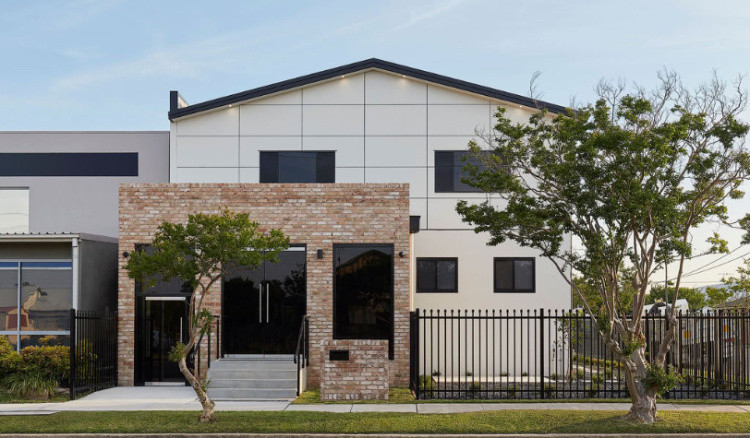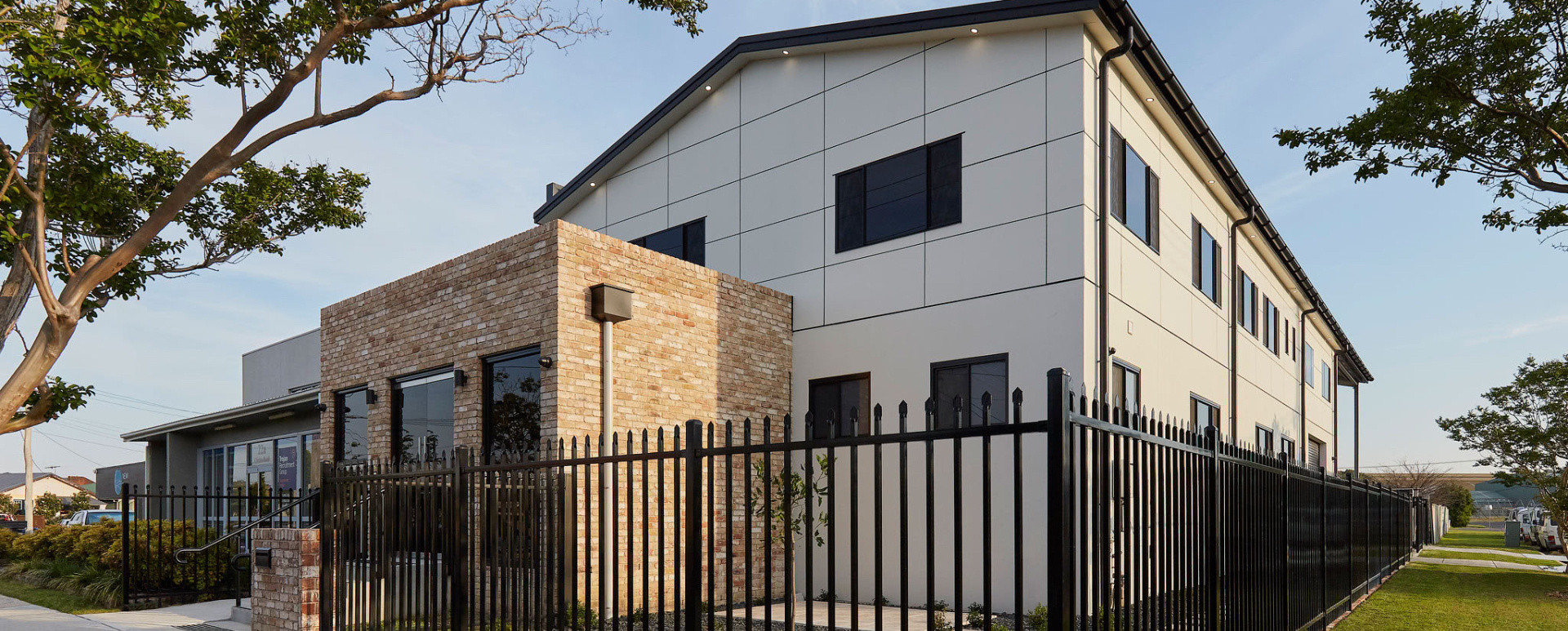Water Efficiency Measures Required in NSW Commercial Buildings
Categories
Commercial
Post Date
06 Nov 2025
In New South Wales, there are several laws and regulations under NSW and Commonwealth legislation that require mandatory compliance in applicable commercial buildings. Alongside best practice frameworks and measures, businesses can save water, costs and become more sustainable.
At Buildingwise, we help building owners and facility managers understand and implement these measures. Read the following article to find out what guidelines and measures are in place to help you meet regulatory and sustainability goals.
Key NSW Regulations and Frameworks For Commercial Builds
-
Sustainable Buildings SEPP 2022 – Applies to large new or significantly altered commercial buildings; requires developers to meet minimum water efficiency standards, such as maximum water targets per square metre, directly supporting planning, benchmarking, and upgrade measures.
-
Water Efficiency Labelling & Standards (WELS) Scheme – National standard for taps, toilets, showers, and urinals; ensures any plumbing fixture upgrades comply with water efficiency standards.
-
Sydney Water Regulation 2025 – Enforce compliance with plumbing standards and water use restrictions; underpin leak detection, maintenance, and reporting measures in commercial buildings.
-
Rental Property Water Efficiency Requirements (for shared buildings or mixed-use developments) – Sets minimum fixture standards (dual-flush toilets, flow limits) for properties where water costs are passed to tenants; aligns with fixture upgrades and tenant engagement measures.
Why Water Efficiency Matters in NSW Commercial Buildings
Water is an increasingly precious resource across the world. The measures we’re taking to employ more sustainable practices are becoming a greater necessity. Factors like population growth, NSW’s rapid urban expansion, and climate variability are putting pressure on supply, driving the changes in water efficiency.
To manage supply and demand, water efficiency measures are being put in place. By doing this, we also improve factors such as cost savings, operational resilience, water-use benchmarking, and sustainability-reputation drivers.
For commercial building owners and facility managers, efficiency means developing a strategic approach around everyday water management and regulatory expectations.
Key Measures in NSW Commercial Buildings
Establish a Water-Efficiency Plan
Having a water efficiency plan is a vital and measurable part of commercial water usage. It keeps stakeholders informed and accountable, setting achievable standards within the building. It also means turning water use from a hidden cost to a managed asset within the business.
To start building out this plan, it should establish the strategic objectives, scope, and the roles of the people involved. With this in place, you have the capacity to analyse the current water use (whether that is through metering, data review, or similar means). From here, develop a response to the recorded measures by monitoring, reporting, and adapting the process in order to track savings and make a genuine difference.
Benchmark The Water Usage
Without a goal or benchmark in place, it’s hard to measure improvement. Break down the current performance by using water meters and data logging. This will help identify high-use zones, such as amenities, irrigation systems, cooling towers, and more.
By also implementing NABERS water-efficiency ratings, you can compare performance and drive improvements. This allows building owners to identify where they sit relative to best practices and target upgrades accordingly. NABERS Water Rating is an independent, performance-based rating system for commercial buildings; it provides a benchmark for water use per square metre, informing benchmarking and monitoring.
Fix Problem Areas
Tracing water consumption back to the problem areas, whether a leak or overuse, can make a significant difference to water efficiency. This process can be simple and achievable by having a plumber inspect your plumbing system, carry out maintenance, repair and upgrade fittings, and fix pressure issues.
Another case of water use comes from group uses such as cooling‑tower bleed‑off, irrigation, and food courts, which often consume large volumes.
Upgrade, Alternative Or Reuse
Beyond reducing consumption, commercial buildings can adopt new infrastructure and alternative water sources. Try rainwater or greywater harvesting where feasible and stormwater reuse for landscaping, toilets, and cooling towers to reduce potable water use.
You can also upgrade existing systems by optimising mechanical services systems. Or, consider behavioural and digital tools, which track real‑time monitoring dashboards, sub‑metering for tenants, and tenant recognitions/incentives.
Review, Adapt and Report
When it comes to water usage and plumbing, it’s not an ‘install and forget’ system. Commercial buildings should track water‑use metrics over time and compare them to benchmarks. These measurements should be recorded for long-term tracking, alongside a savings metric that tracks financial savings and water volume.
Additionally, this overall plan should always be revisited and adjusted to targets or measures as technology and regulations evolve. Engaging tenants, building staff and stakeholders in behavioural change and awareness.
Implement Your Water Efficiency Measures
It’s important to establish a water-efficiency plan, especially when benchmarking, fixing problem areas, and exploring alternative water sources. Not only does it contribute to long-term savings, but it also improves operational resilience and compliance.
Buildingwise can help you take action today. Our professional team can help you put in place a comprehensive audit, performance benchmark, and tailored water-efficiency solution that delivers tangible results for your building. Contact us now to secure a sustainable future.




